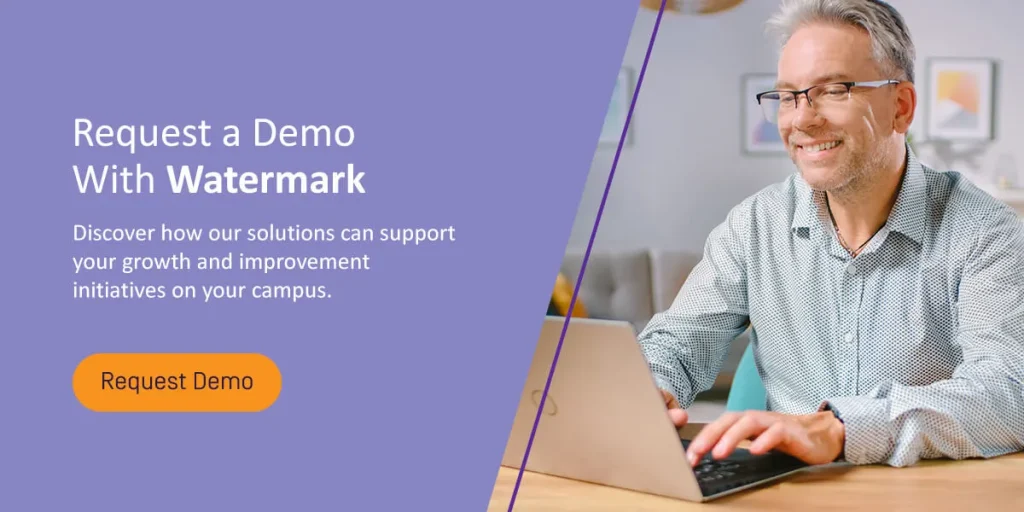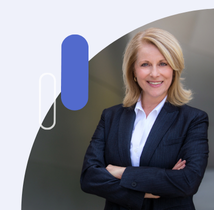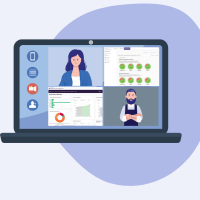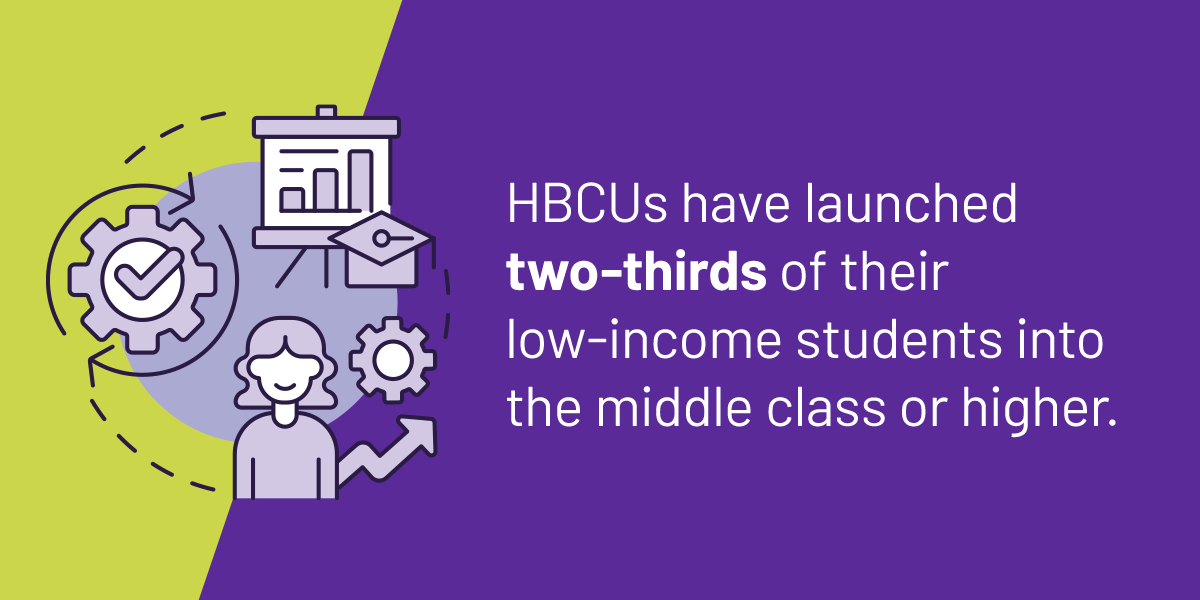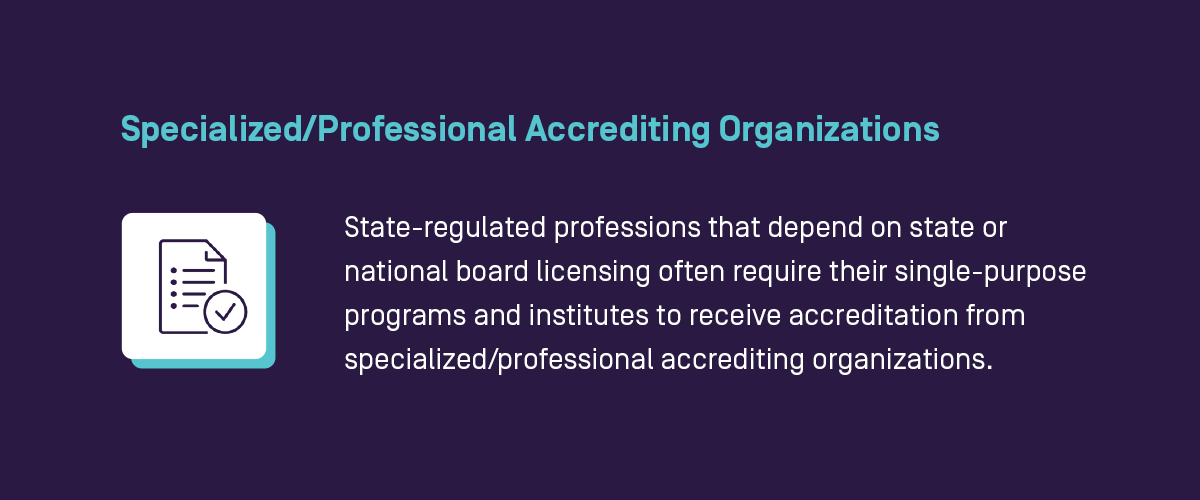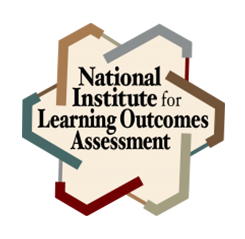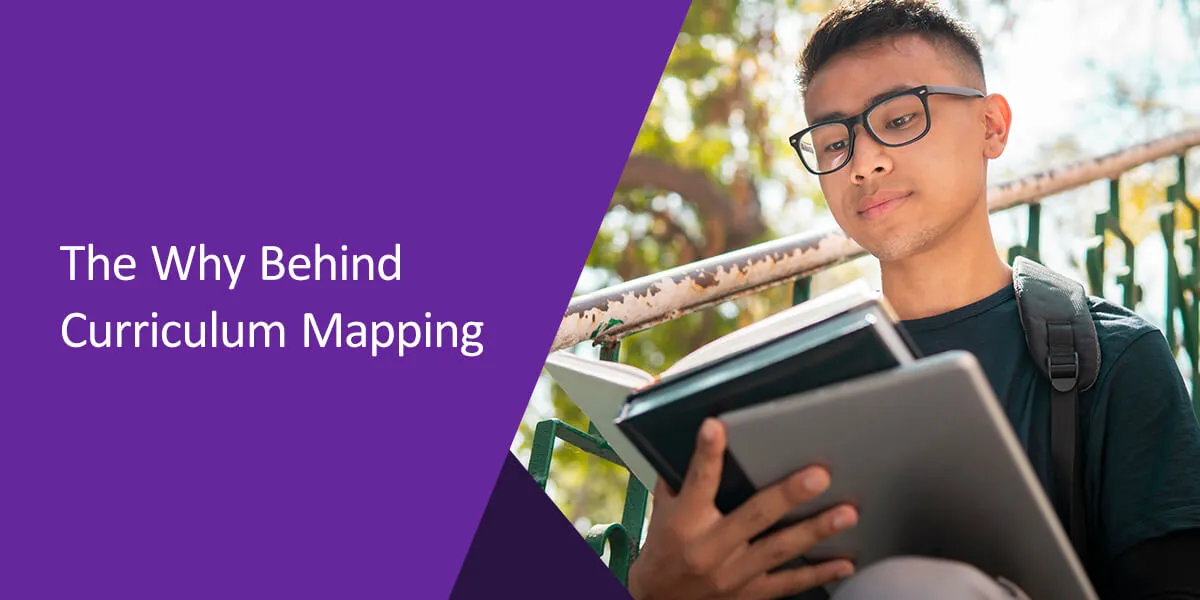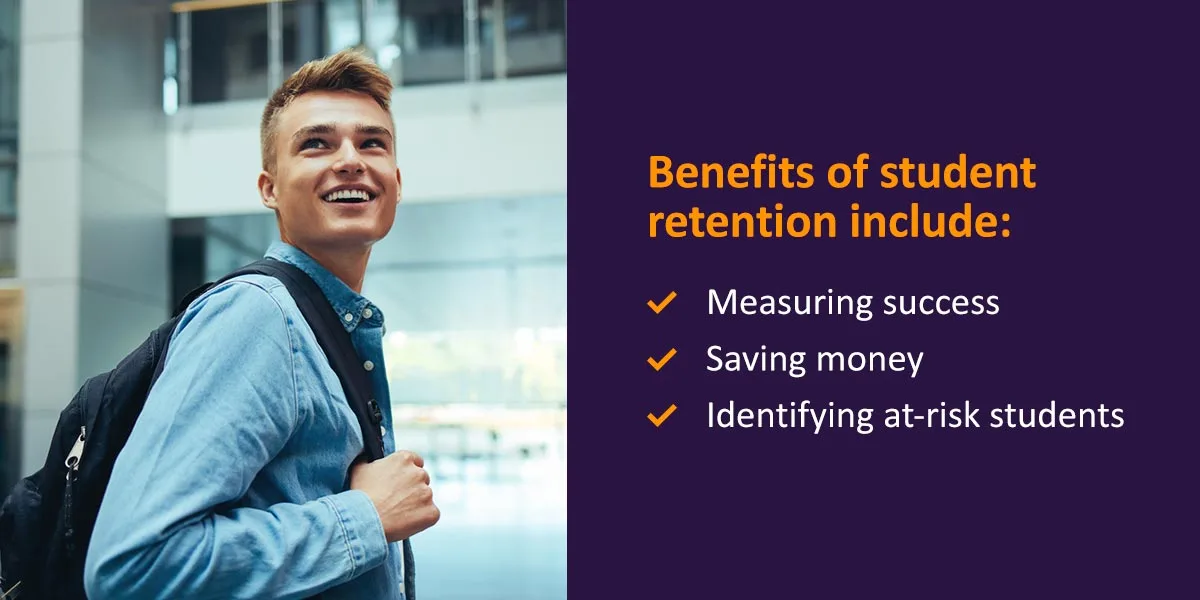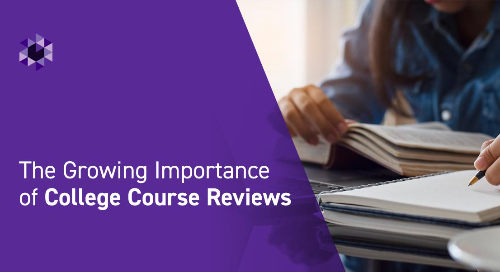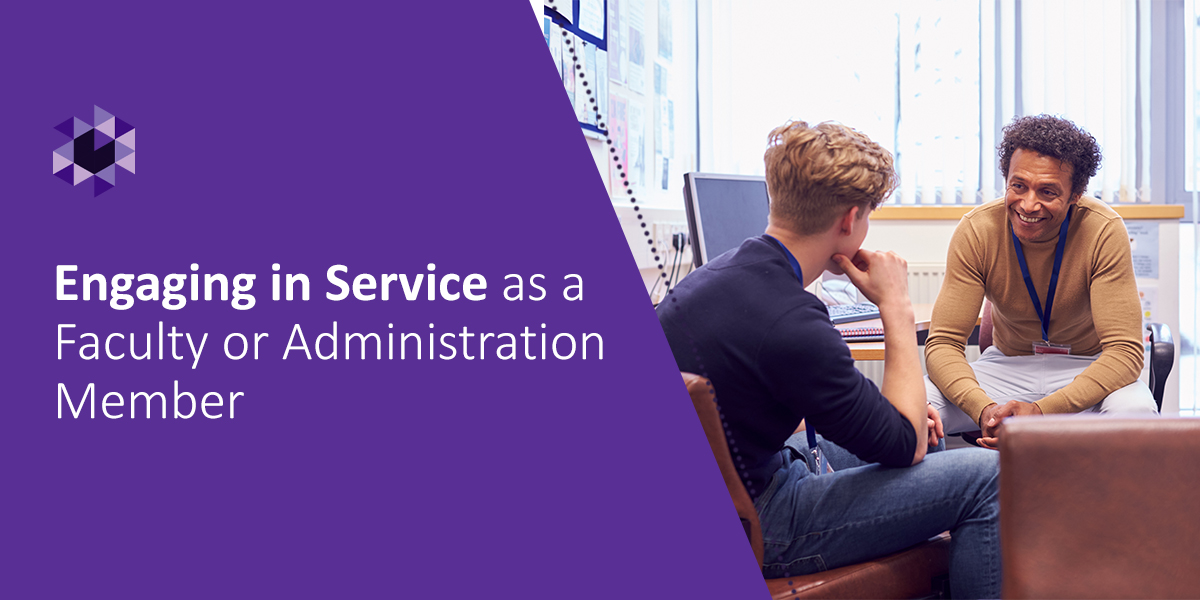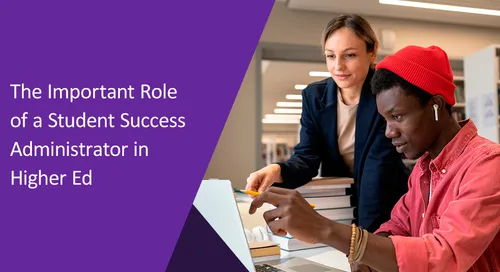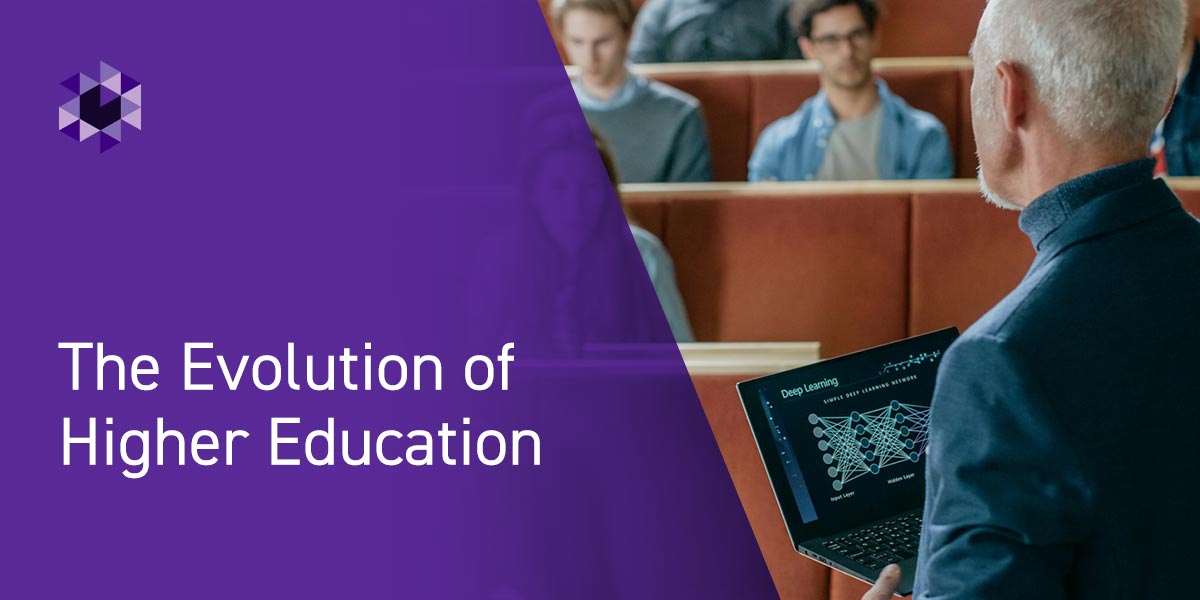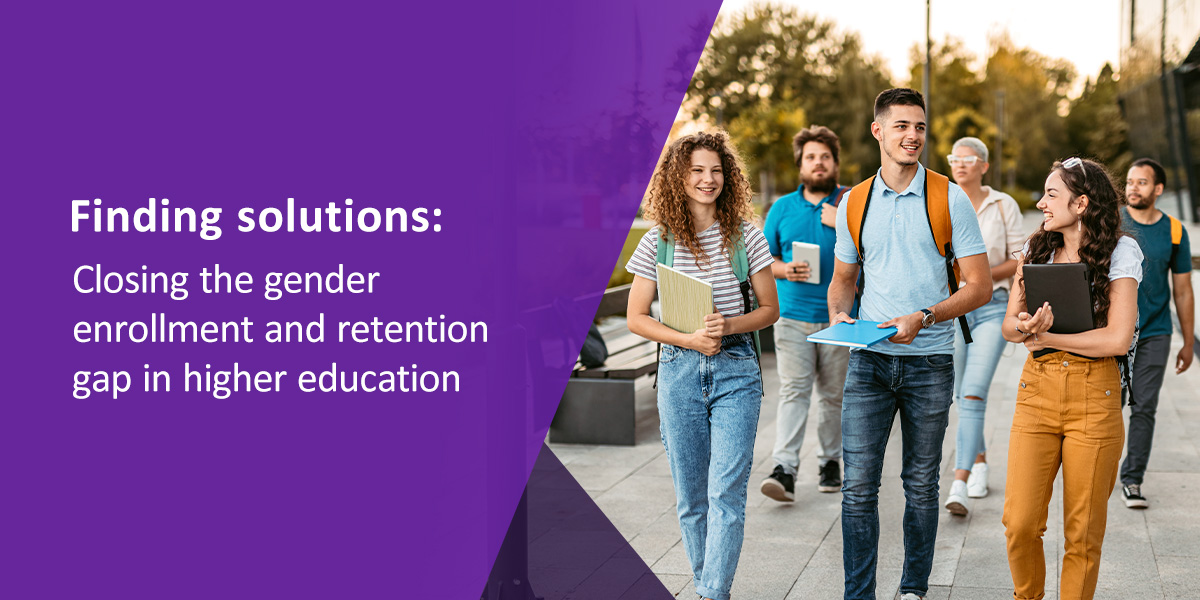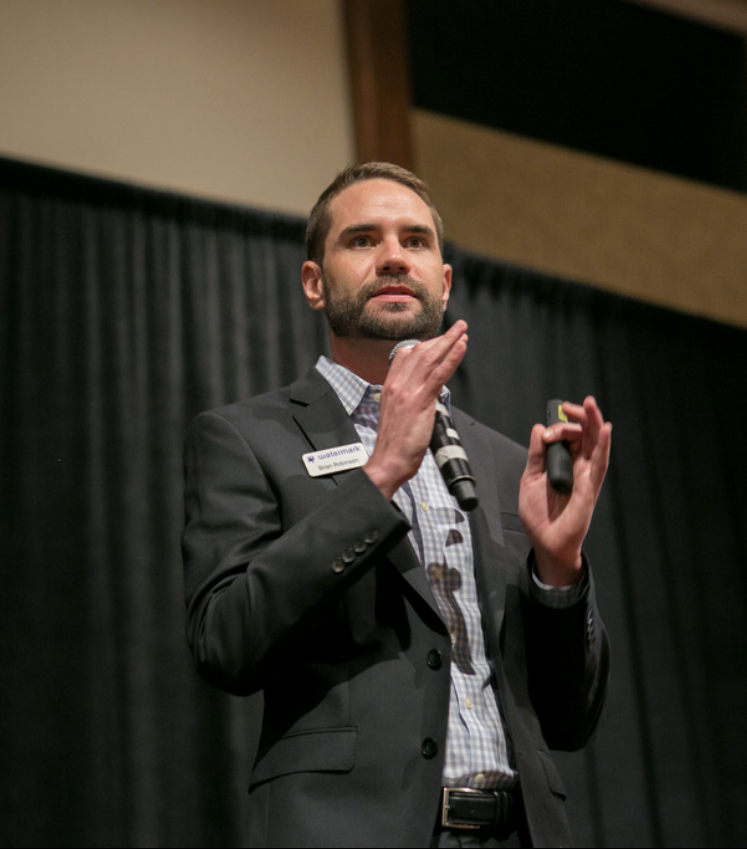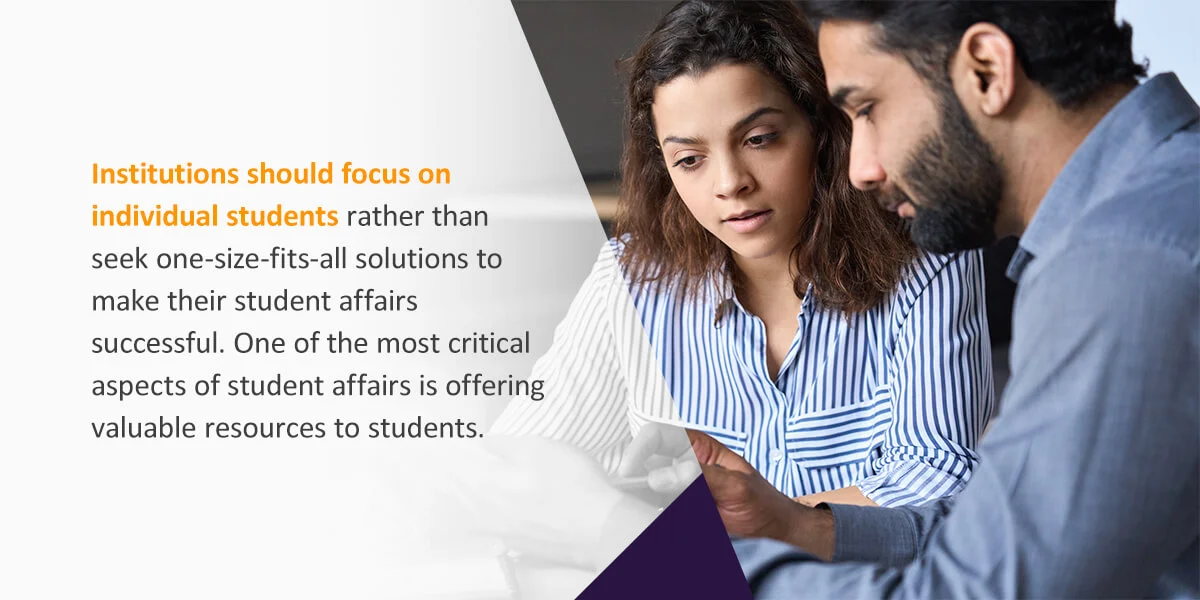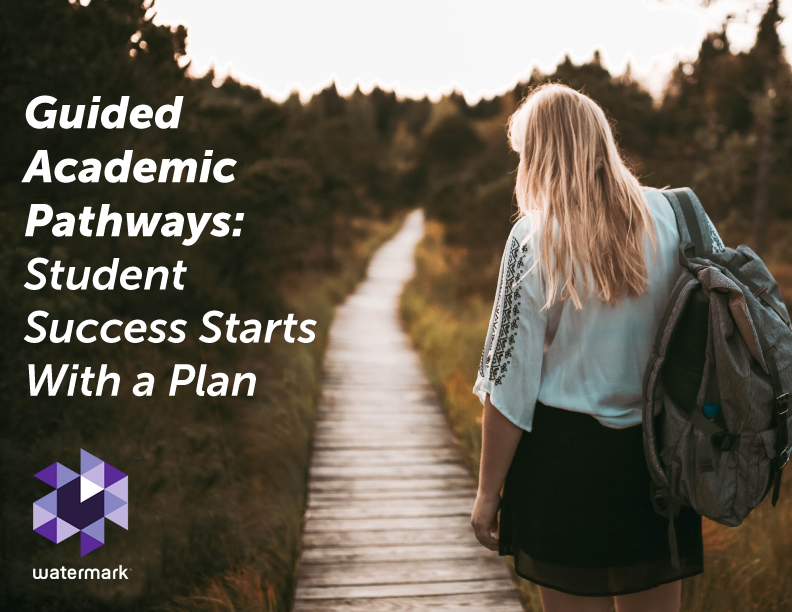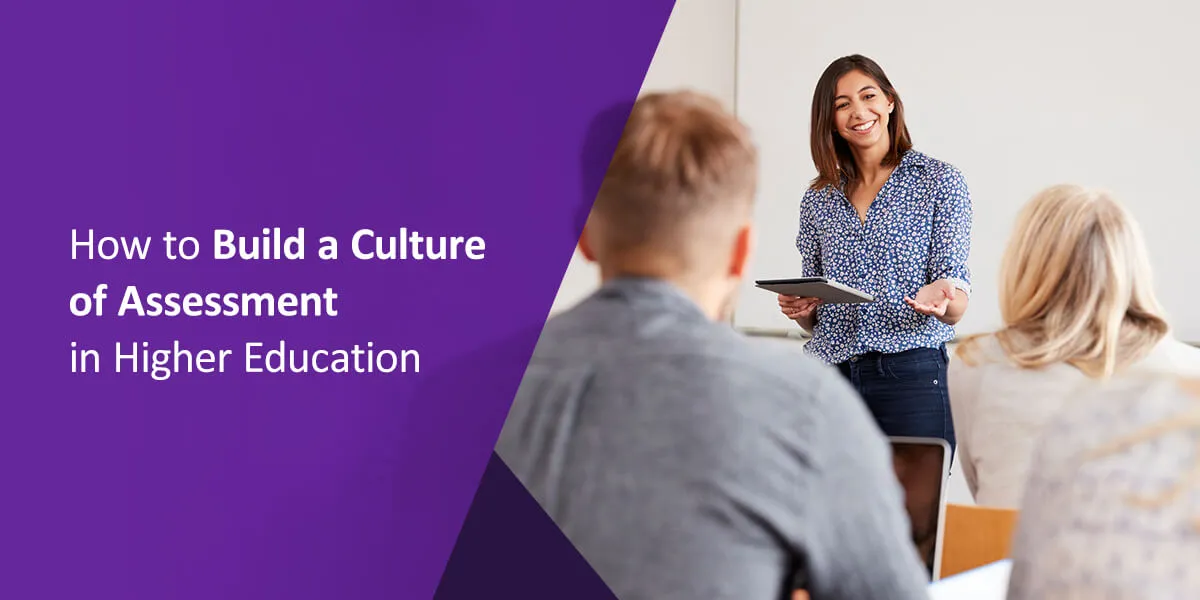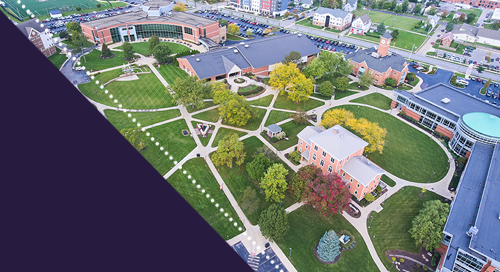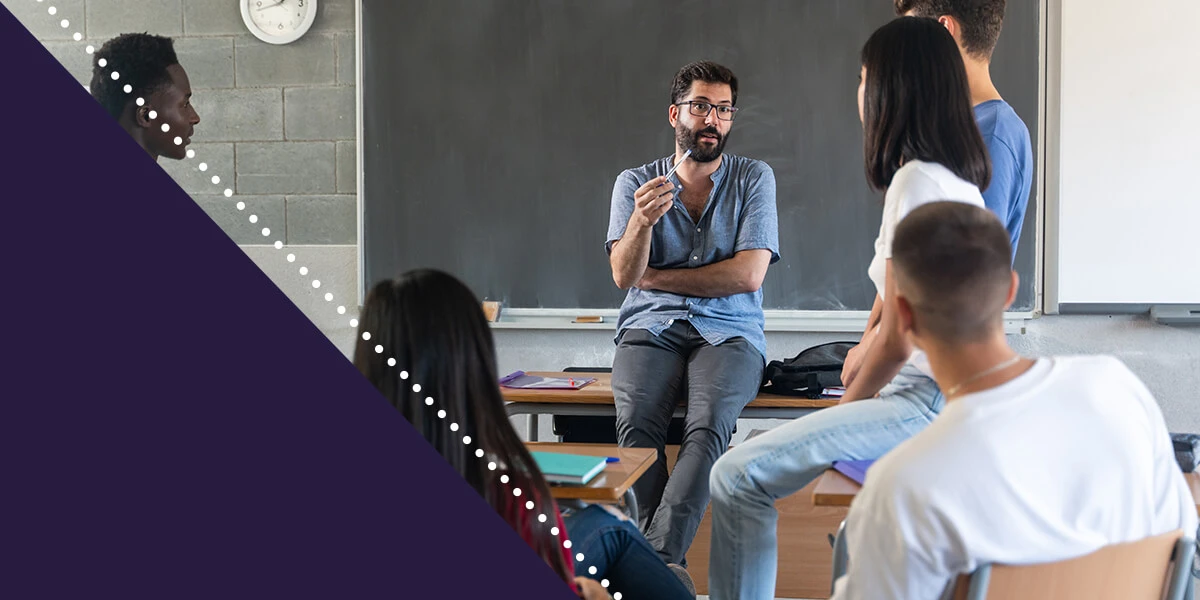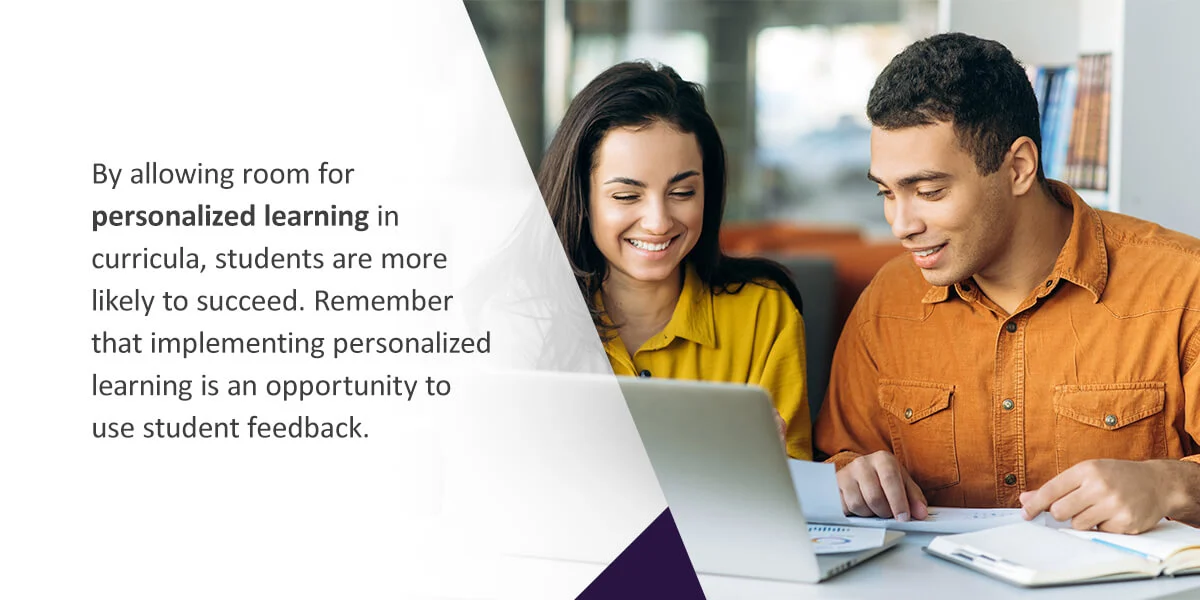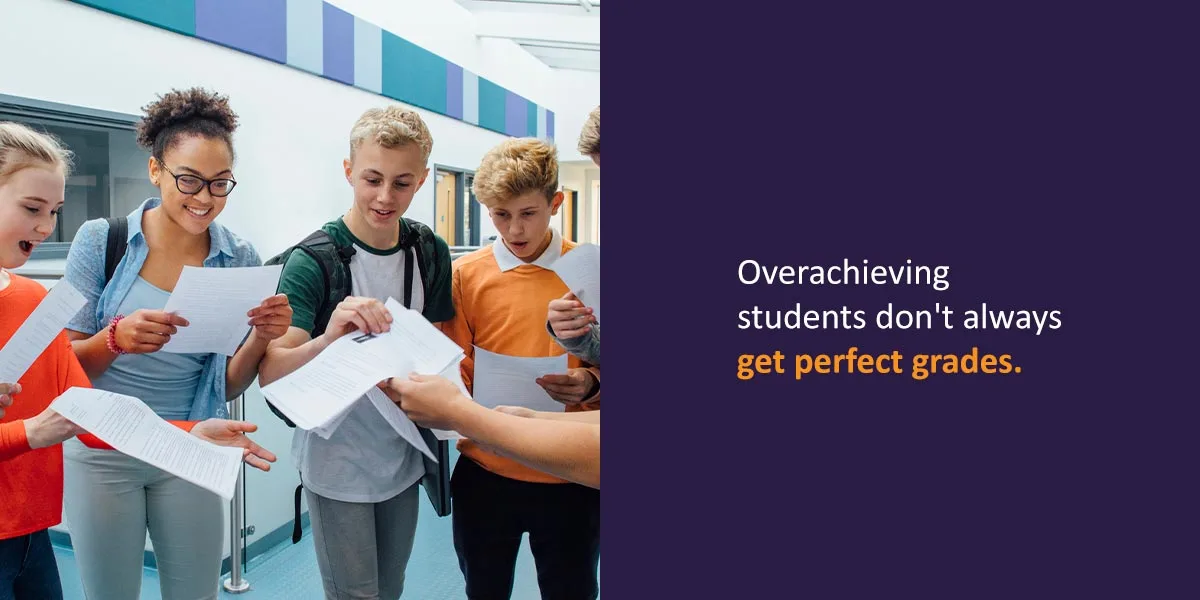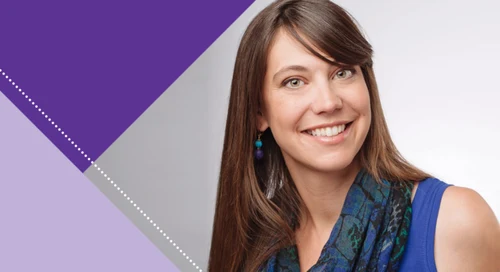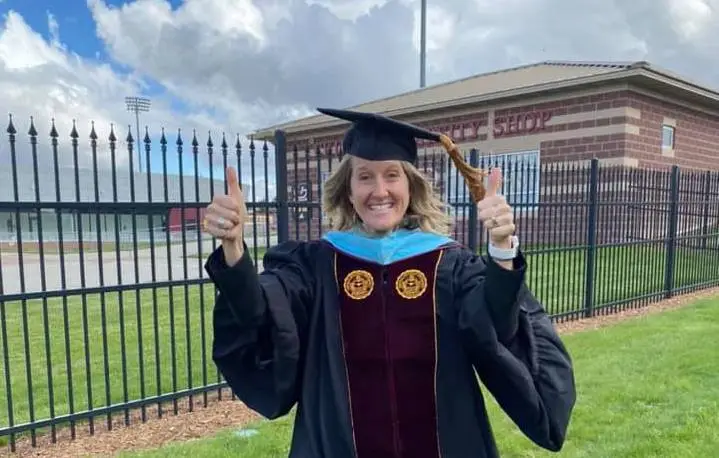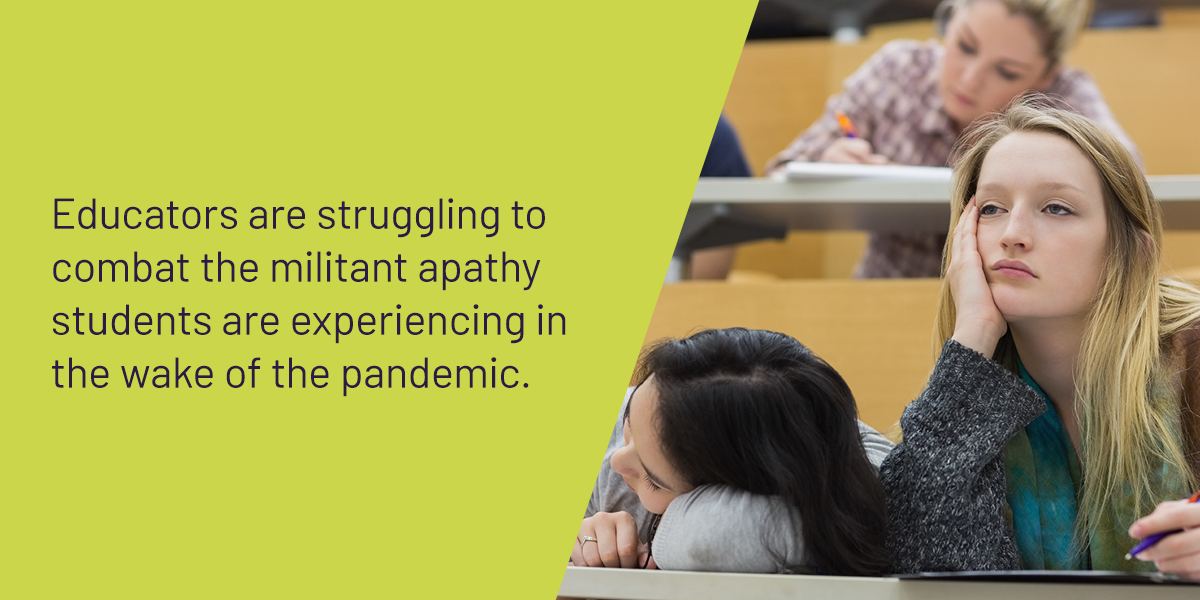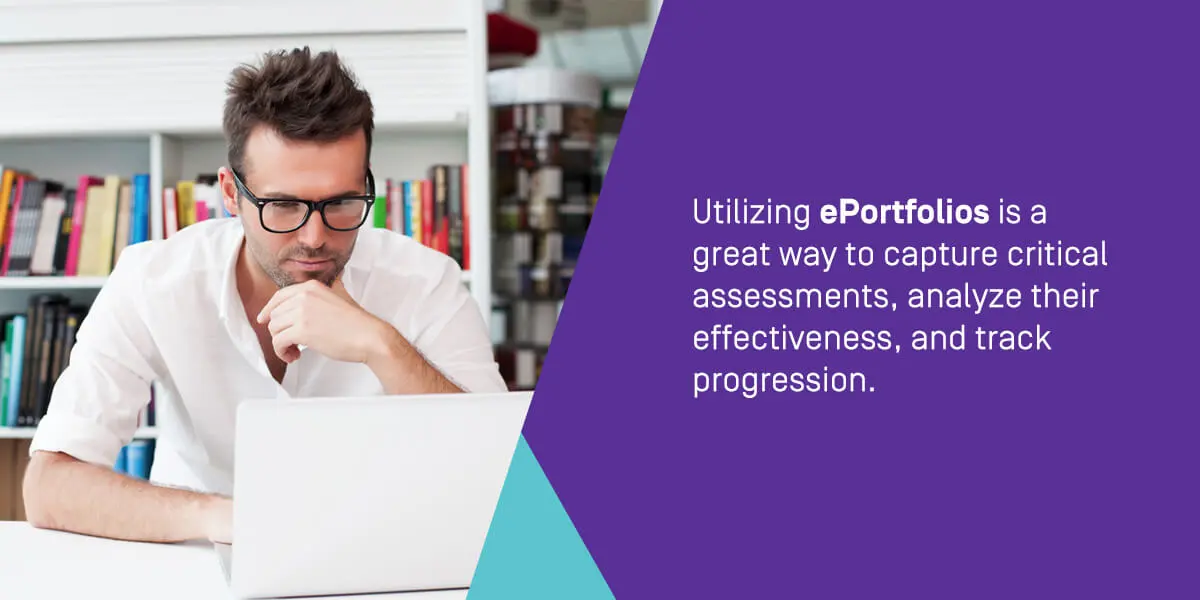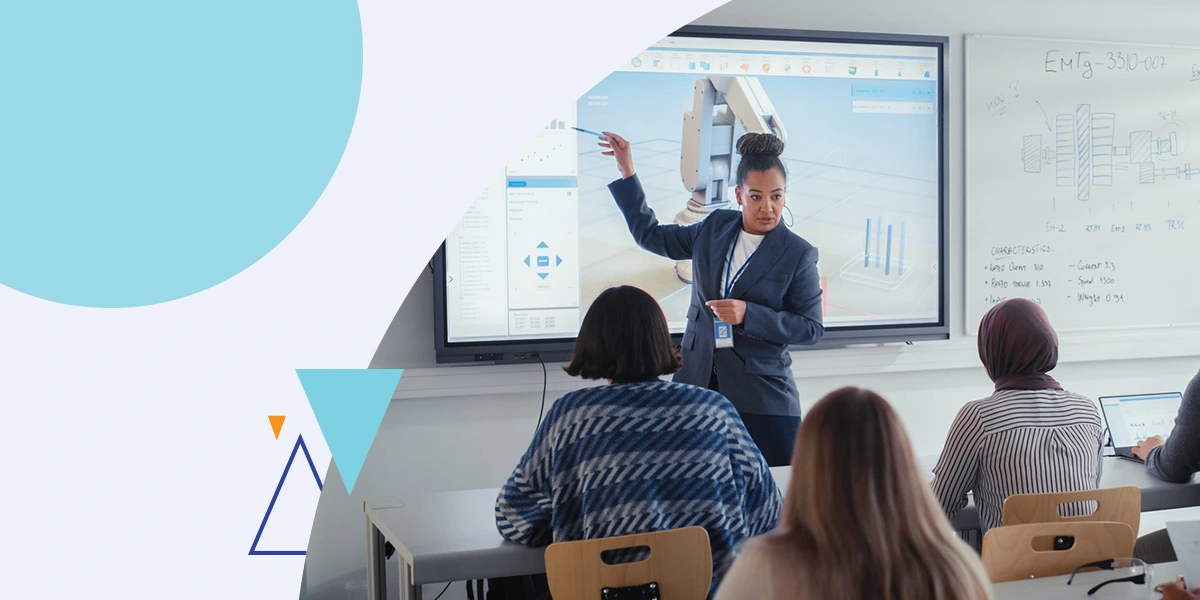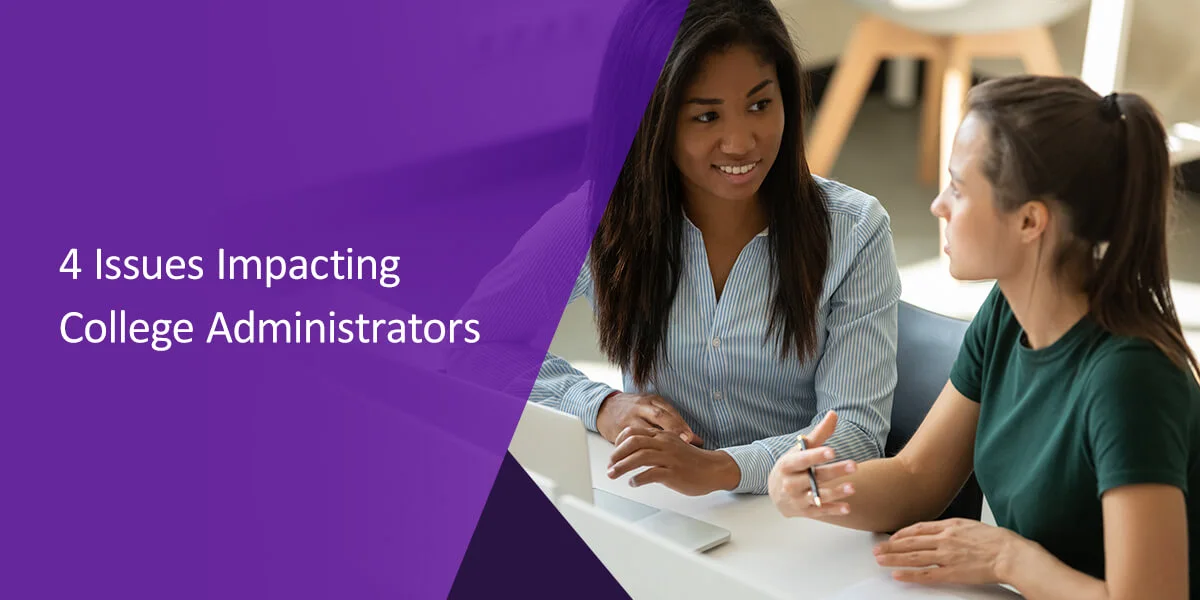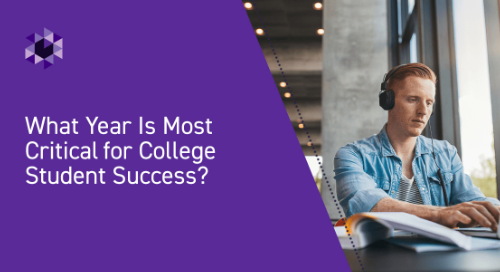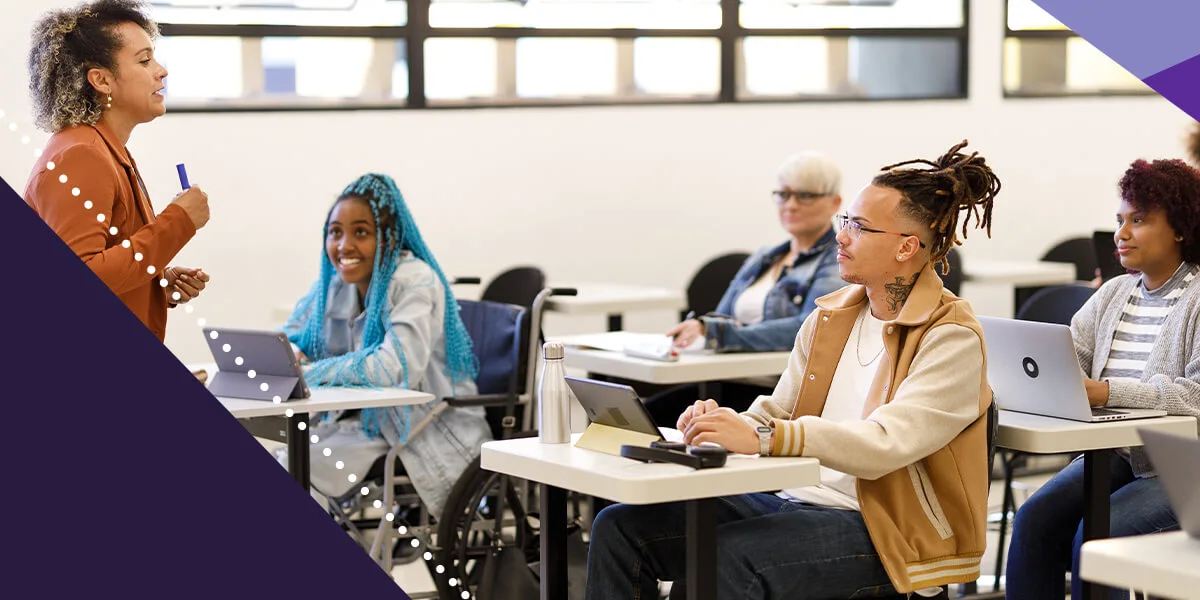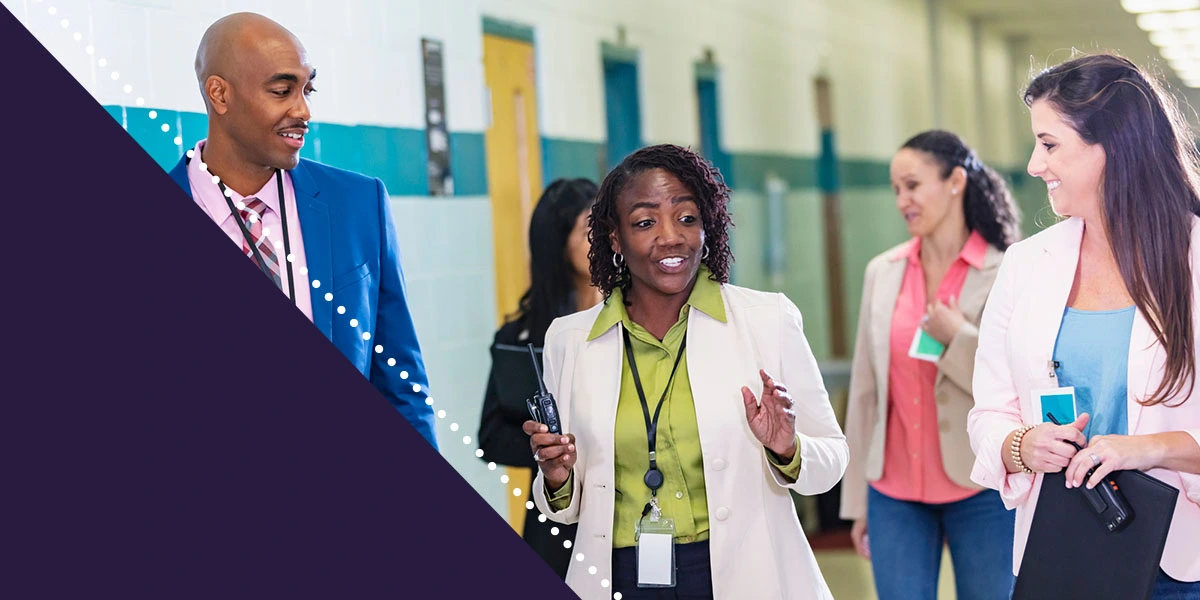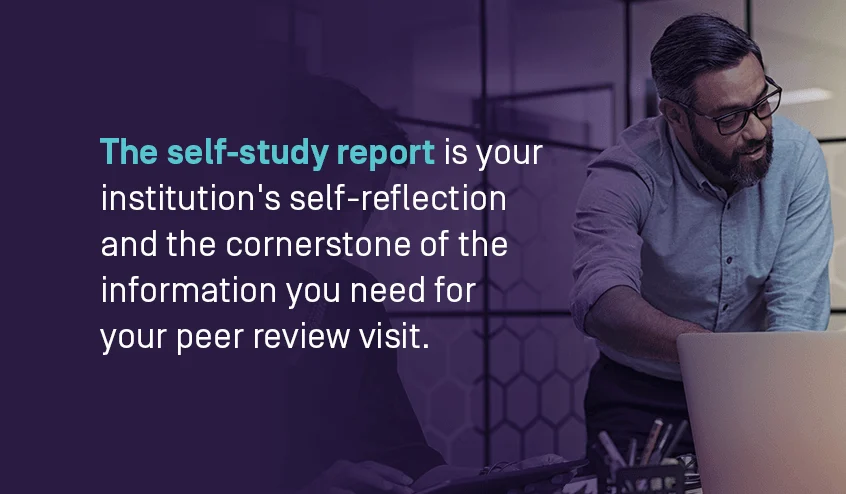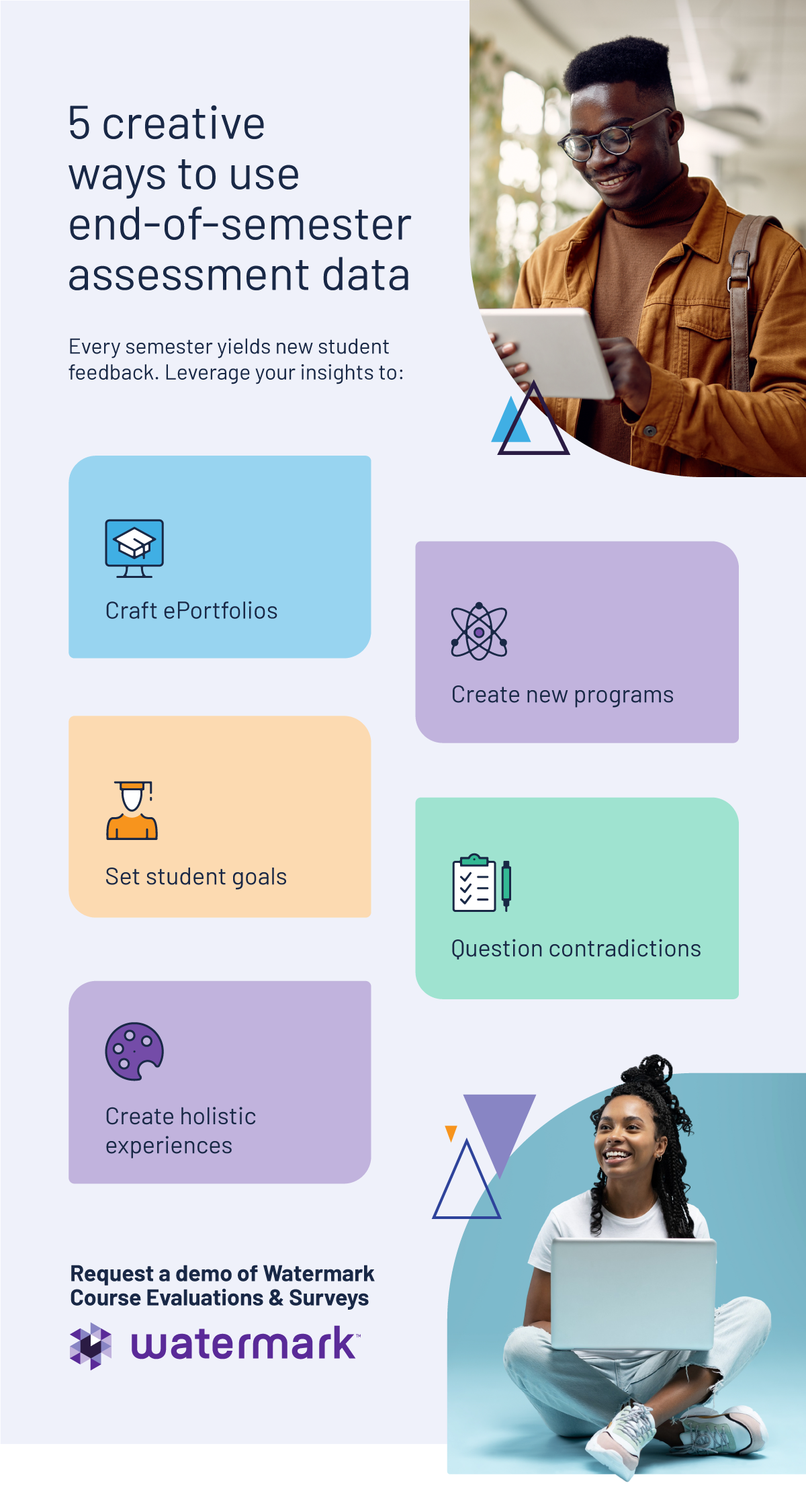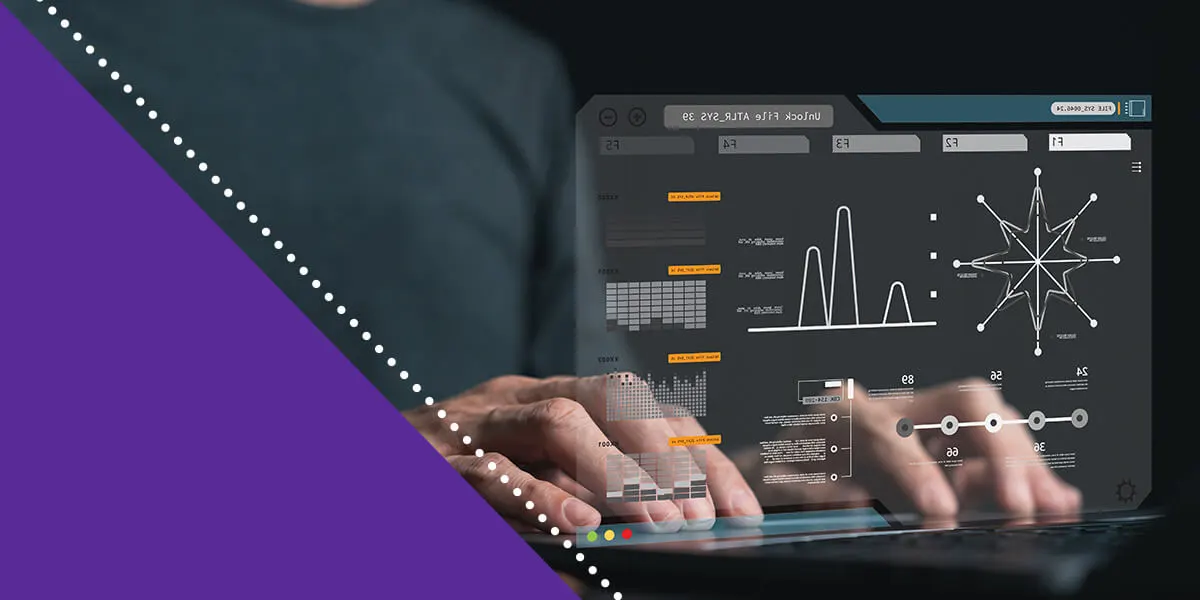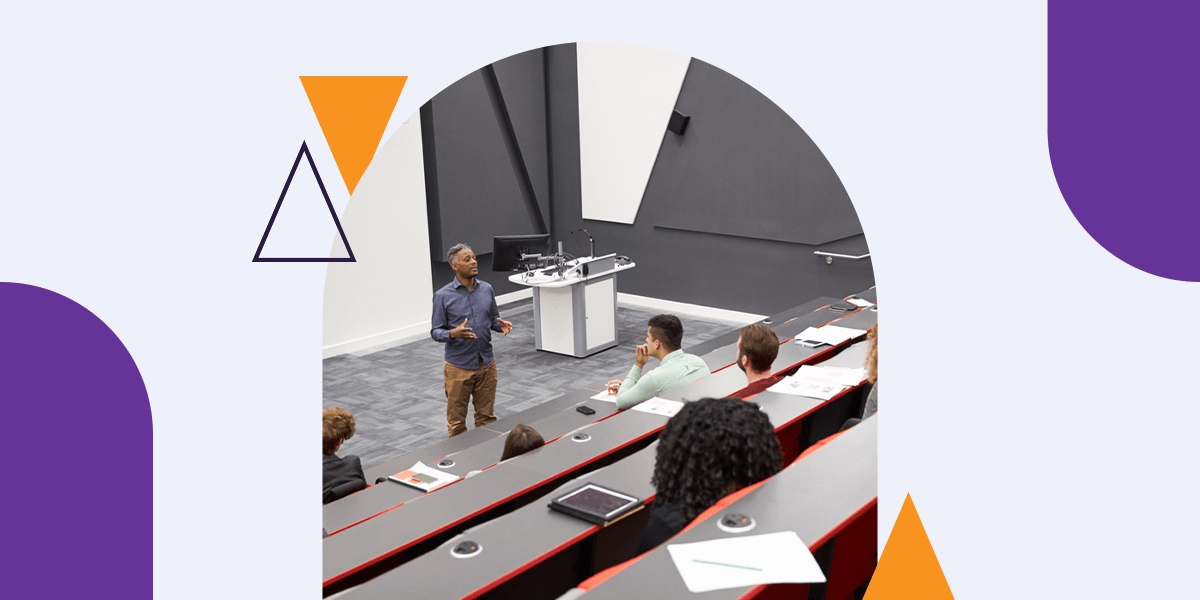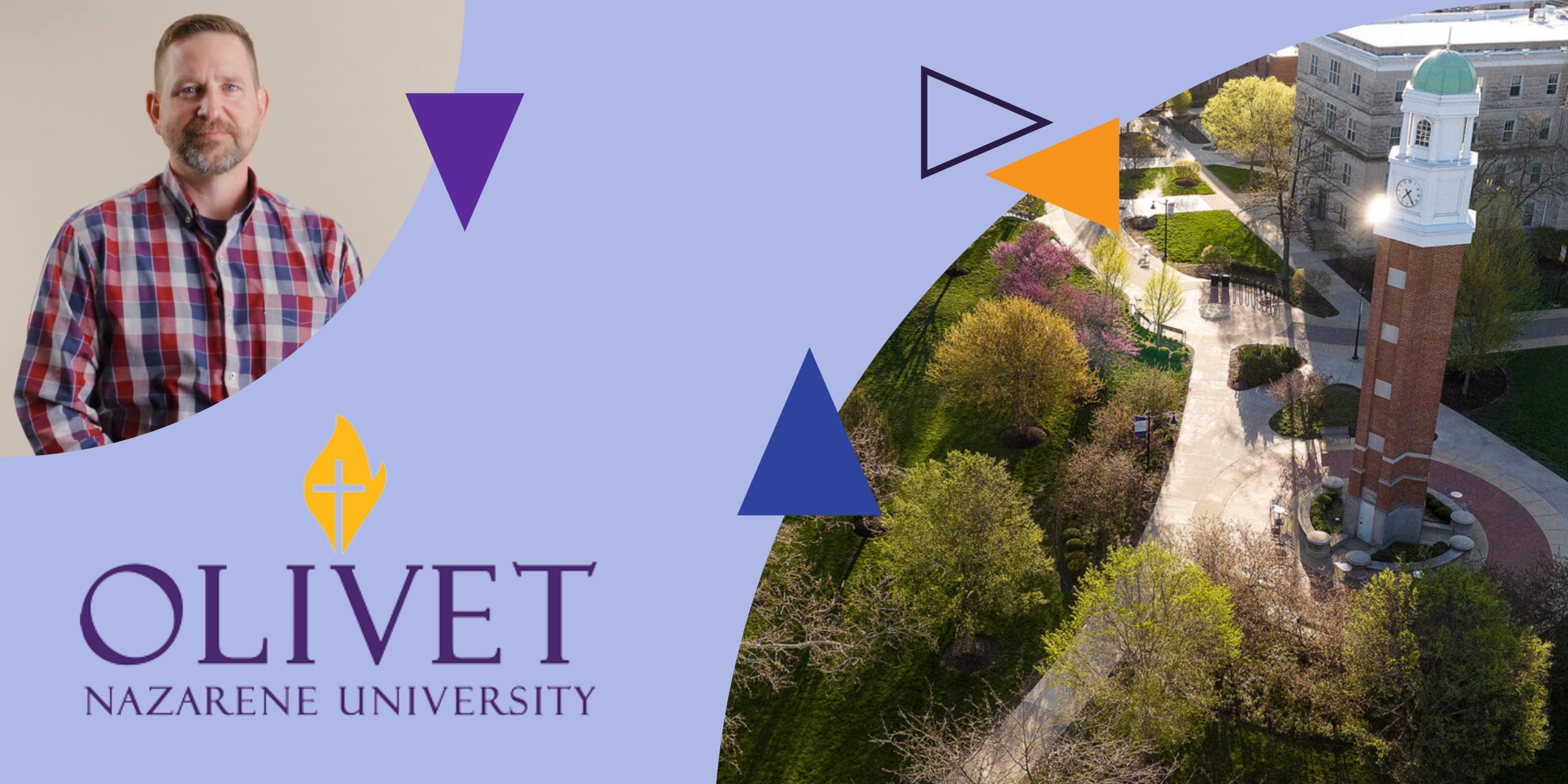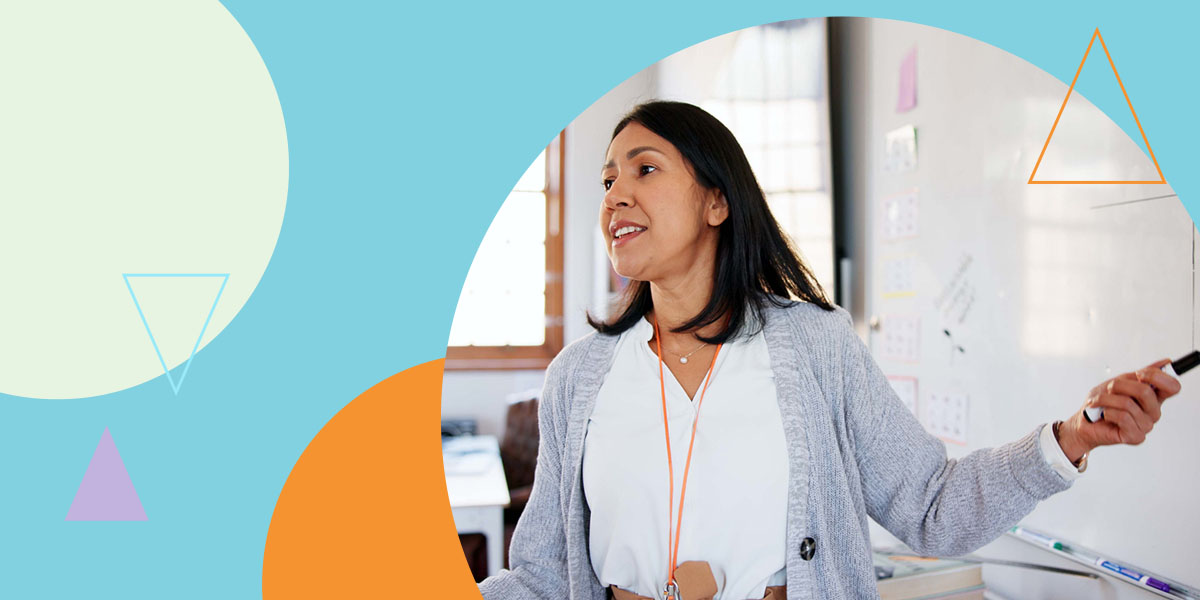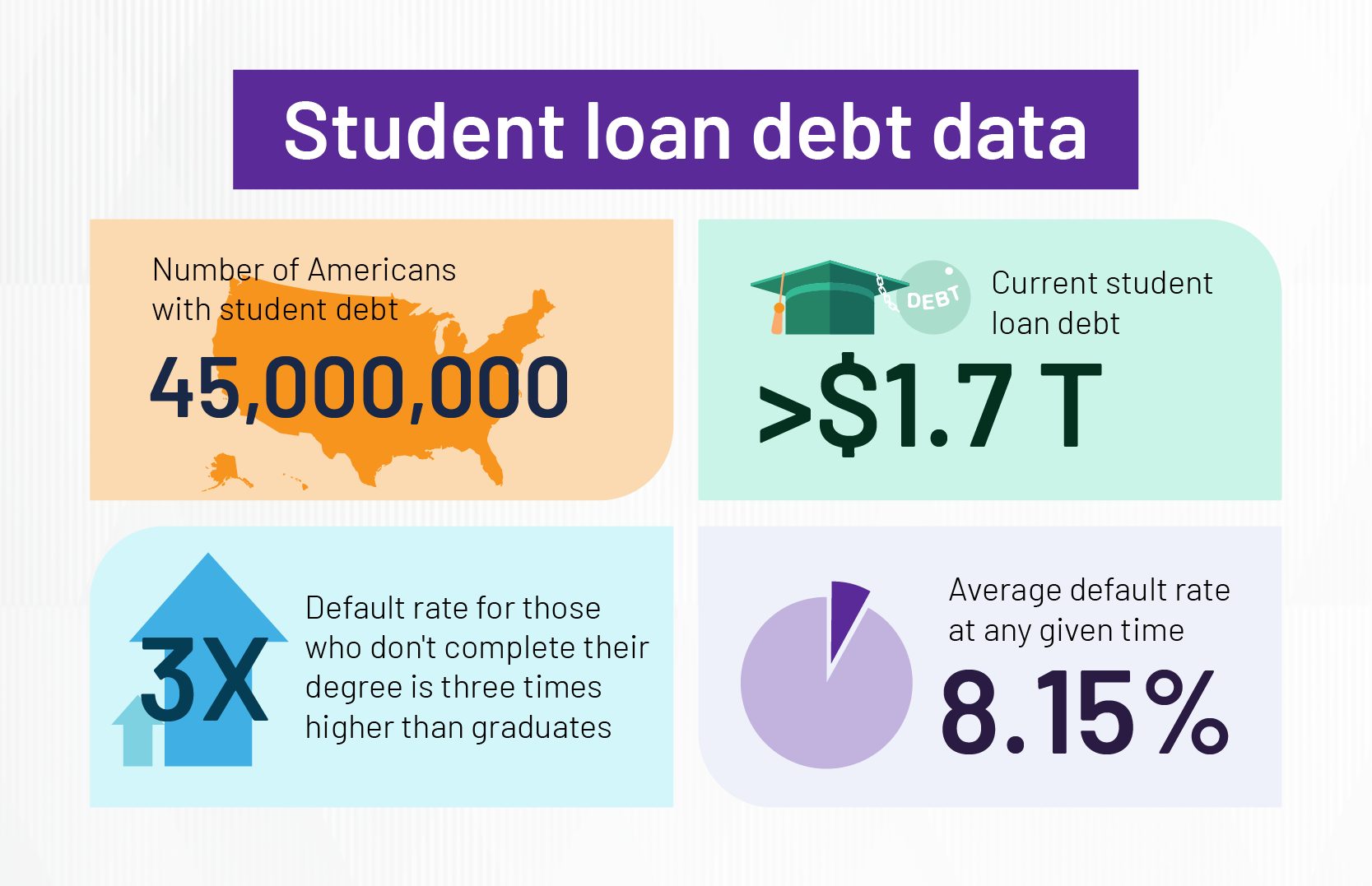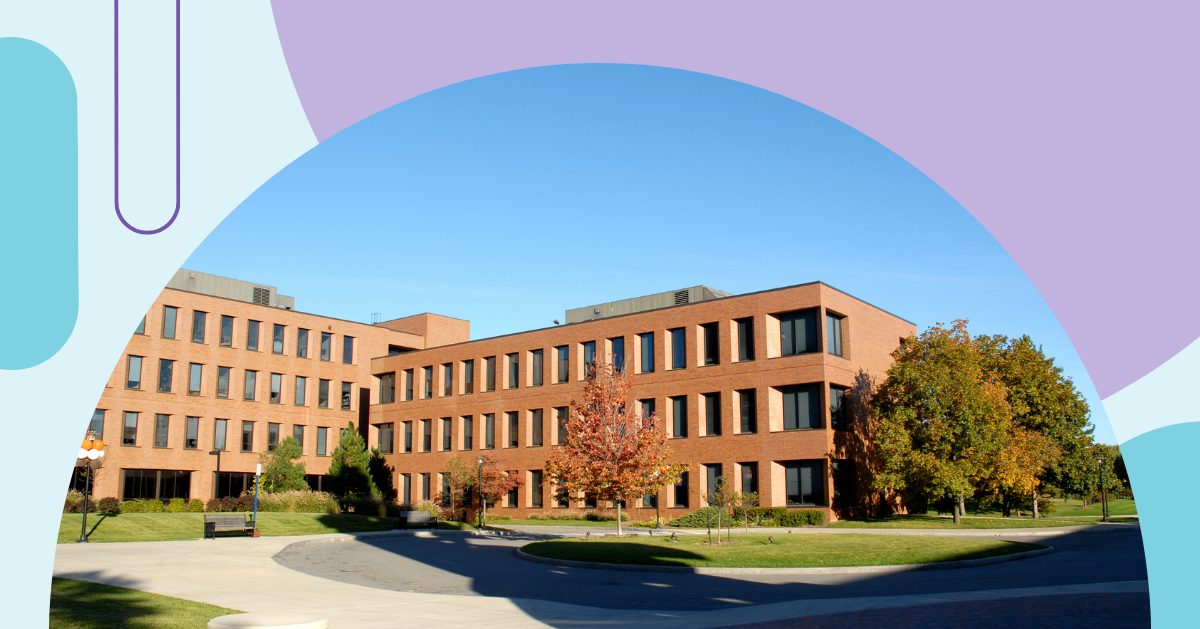
Growth mindsets are a great way to support student success on your campus. By changing how students view themselves and their studies, they can approach challenges and mistakes with more resilience, keeping them enrolled through graduation.
Growth vs. Fixed Mindsets
People who believe they can improve their knowledge and skills with hard work and strategies have a growth mindset. These students are often accomplished and confident in their abilities because they see themselves as more than their natural talents. They know that they can gain and accomplish more via learning and reflection.
In other words, those with a fixed mindset believe intelligence is a fixed trait, something that they are just born with and that can never grow. They focus on talent (or lack thereof) as a born trait rather than the outcome of an ongoing process. These students avoid situations that they may not feel immediately strong in, thus limiting their opportunities to learn and only attempting those tasks they are sure they will succeed at and prove how smart they are.
What Fixed and Growth Mindsets Look Like in College Students
Often, the students who come into academic offices at risk of failing a class or dropping out were strong students in high school, but, after an early setback in their attempts to adjust to the rigorous work of college-level classes, find themselves questioning whether they really belong in college.
You may have seen fixed-mindset students avoiding classes that are known to have challenging content or switching majors when they don’t immediately succeed in an entry-level course. They worry that failing or making a mistake will prove they are not smart and may try to avoid these or hide the mistakes when they occur. They may even cheat to get a good grade.
Students with a growth mindset believe that intelligence is not completely fixed. They believe it can be developed through learning new strategies, correcting errors, and challenging themselves. They know that, rather than being born with a certain amount of intelligence, they can enhance their intelligence through learning. More importantly, when faced with a mistake or failure, they know growth thinking can be the most appropriate coping strategy for moving forward.
How To Promote a Growth Mindset in Students
It may be tempting to just tell students they should have a growth mindset. However, this could lead to potentially negative consequences, as students may dislike being told how to think. Students must want to learn and progress for themselves.
Additionally, encouraging students to “put more effort in” may not be the route to take, as more effort isn’t necessarily good effort. In a way, having a growth mindset is about working smarter, not harder — or, more accurately, finding the strategies that work best, rather than toiling away cramming last minute and being surprised when you fail the test.
Encouraging a growth mindset in students is also more than just providing praise. You can encourage students to try new strategies, learn from mistakes, and reach out for support to improve their growth mindset. Here are more strategies for promoting a growth mindset.
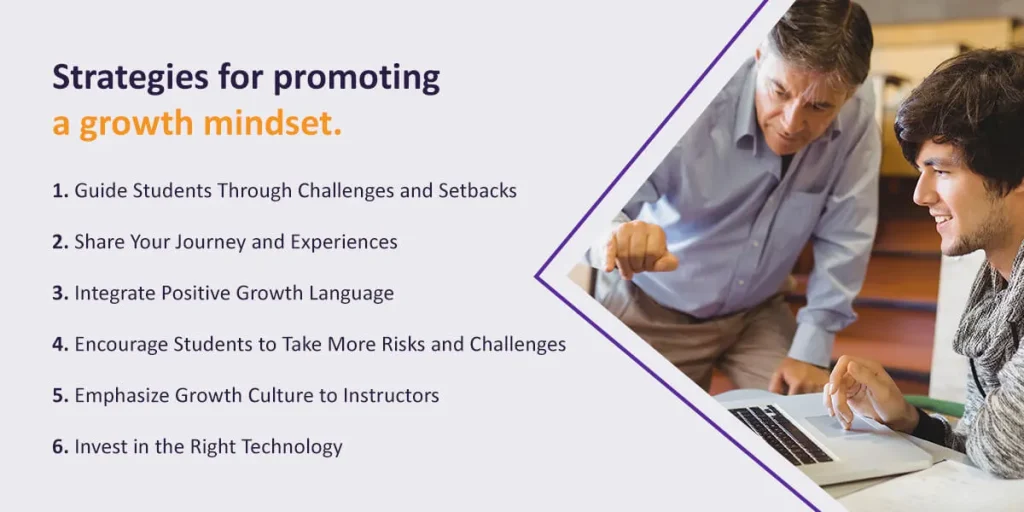
1. Guide Students Through Challenges and Setbacks
As faculty, you must help students recognize when they have hit a setback and help them devise strategies to overcome this setback or prevent it from happening again in the future. Students may want to ignore a bad grade or see it as a fluke. With a fixed mindset, they may take it as a sign they are not smart enough to continue in a class or in college in general.
Instead, advisors, administrators, and professors can help students confront these setbacks and mistakes and take them as learning moments to do something different next time. Faculty can incorporate growth mindset lessons into their courses with resources curated by The Mindset Kit website, a collection of resources regarding learning mindsets compiled by Project for Education Research that Scales (PERTS), a Stanford University-backed group of educators.
2. Share Your Journey and Experiences
As advisors, you don’t need a classroom to educate students about the growth mindset. Resources specifically for mentors can also be found on The MindSet Kit website. Talking about your journey of learning about growth mindsets can be beneficial. Advisers can incorporate conversations about struggles students are facing to show they are not alone and that even professionals have room to grow.
3. Integrate Positive Growth Language
When you want to implement a growth mindset culture on your campus, the language administrators and faculty use daily can support mindset adoption by students. Because many students have a fixed mindset, the shift to a growth mindset can be challenging, but the words you use can help highlight the benefits and purpose of a growth mindset.
Some words you could work into your vocabulary to promote growth mindsets include:
- “Opportunity”: When implementing a growth mindset, “opportunity” should become your favorite word. Under a growth mindset, there are no longer failures, but opportunities for growth and improvement. Highlighting the various opportunities students have to improve and add to their education and skills can help them shift their mindset.
- “Yet”: To highlight growth, you can draw on the future accomplishments of students. Growth mindsets are about continual growth, improvement, and change, so adding “yet” to your vocabulary can help put challenges and accomplishments into perspective. Students can feel better about mistakes or progress, knowing they still have time to reach their desired goals.
- “Journey” and “process”: Like the word “yet,” your terminology can help provide some perspective to students. By highlighting that learning is a journey or a process, you can show students that growth and improvement occur over time and through various opportunities. Encourage professors and administrators to highlight the journeys and processes students can experience through classes and programs.
Words have power, especially in higher education. Your school can develop communication standards to help students adopt a growth mindset.
4. Encourage Students to Take More Risks and Challenges
While positive language and encouragement can help students learn to adopt growth and continual improvement into their educational mindset, their actions can also support how they integrate a growth mindset. Advisors, professors, and administrators can encourage students to take more risks and embrace challenges.
This aspect of developing a growth mindset in college students will vary depending on the individual. Students might take more challenging classes, while others might go after a research or internship opportunity.
While succeeding in challenges can foster excellent growth, administrators and professors should be prepared to address students who make mistakes or don’t successfully execute their challenges. For these students, implementing reflection and learning opportunities can ensure they learn from their challenges to integrate more helpful strategies and goals.
5. Emphasize Growth Culture to Instructors
Your professors and faculty demonstrate more than just knowledge to your students — they can also impart essential skills and habits students need to thrive after graduation. When determining how to develop a growth mindset in students, understand that professors can be a powerful influence. As you apply strategies to help students adopt a growth mindset, offer the same to professors. If professors begin to change their mindsets, students can better integrate this thinking, shifting the way they experience their education.
6. Invest in the Right Technology
For any educator that interacts with students, Watermark Student Success & Engagement (formerly Aviso Engage) can be a tool to identify issues that may be preventing the student from succeeding and develop strategies to address them. For instance, Watermark Student Success & Engagement has the ability to help students plan out their academic pathways.
With the “Academic Plan” feature, students and advisers can map out how their course plan may change if they fail a course or want to change majors. This can aid students in understanding the ramifications of altering their academic plans — especially late in their academic careers. It can also help them find a more appropriate and enjoyable course plan.
Within Watermark Student Success & Engagement, students can easily see their entire transcript, helping them take into context their entire time in college instead of focusing on just one test or one course. This feature can allow students to visualize their education as a journey rather than individual successes and failures. As they progress, they can view their accomplishments and feel good about the improvements they’ve made.
In addition, the attendance feature of Watermark Student Success & Engagement helps faculty and advisors identify patterns in students’ absences from classes. With this attendance and academic planning information in Watermark Student Success & Engagement, the predictive modeling techniques can help students and advisors reinterpret failures and mistakes and “high-risk” indicators with a growth mindset. Indicators become “I have missed too many classes” or “I’m not using my support services to their potential” instead of fixed mindset language like “I’m not smart; I shouldn’t be in college.”
Considerations of Growth Mindsets in Higher Education
Like all strategies and improvement techniques, growth mindsets have some challenges that higher education institutions might encounter on campus.
Relying Only on Mindsets
Fixed and growth mindsets in higher education are not without controversy, with some worried the growth mindset approach blames the student for not trying hard enough or that it ignores the real structural conditions that can predict academic success and failure, such as poverty and racial discrimination.
However, many higher education professionals insist that the growth mindset is more than just trying hard enough — it is also seeking out resources and strategies that will help students succeed when faced with an obstacle, like a failing grade or a botched test. As seeking out new strategies can be hard for some students, faculty and advisors can use Watermark Student Success & Engagement to identify the students who might need this type of support and devise a custom plan in conversation with them.
Successful Students With Fixed Mindsets
Further, it’s not just about how we approach our failing students — having a fixed mindset when advising can often show up when interacting with students and advisees who are succeeding. Whether internally or through praise, we may recognize excelling students by providing fixed mindset feedback — “You’re so smart!” or “It’s obvious you get this!” — instead of recognizing the process of learning — “You’ve developed some strong studying techniques.”
Some of these students may earn an A without putting forth much effort, while others continue to struggle while giving their all. Growth mindsets are individualized to the student, enabling them with the tools, resources, and language to support their growth and learning.
Completely Eliminating Fixed Mindsets
Institutions must be cognizant of their own mindsets and work to utilize a growth mindset with high-risk students. Just espousing a “growth mindset” doesn’t mean we think and act this way all the time. In fact, most people are a mix of fixed and growth mindsets. Schools need to recognize this so that they can continually work on cultivating their growth mindsets.
There is no pure growth mindset. Regardless of their role in higher education, educators need to recognize their own mixture of both fixed and growth mindsets in different situations. Recognizing the fixed mindset tendencies in yourself makes it easier to address and work on your fixed mindset and ensures that you don’t pass it on to students.
Support a Growth Mindset in Your Students With Watermark
Whether you teach at a traditional public four-year college, a highly selective university, or a community college, growth mindset research can inform how you interact with your students. Request a demo of Watermark today to discover how our solutions can support your growth and improvement initiatives on your campus.
